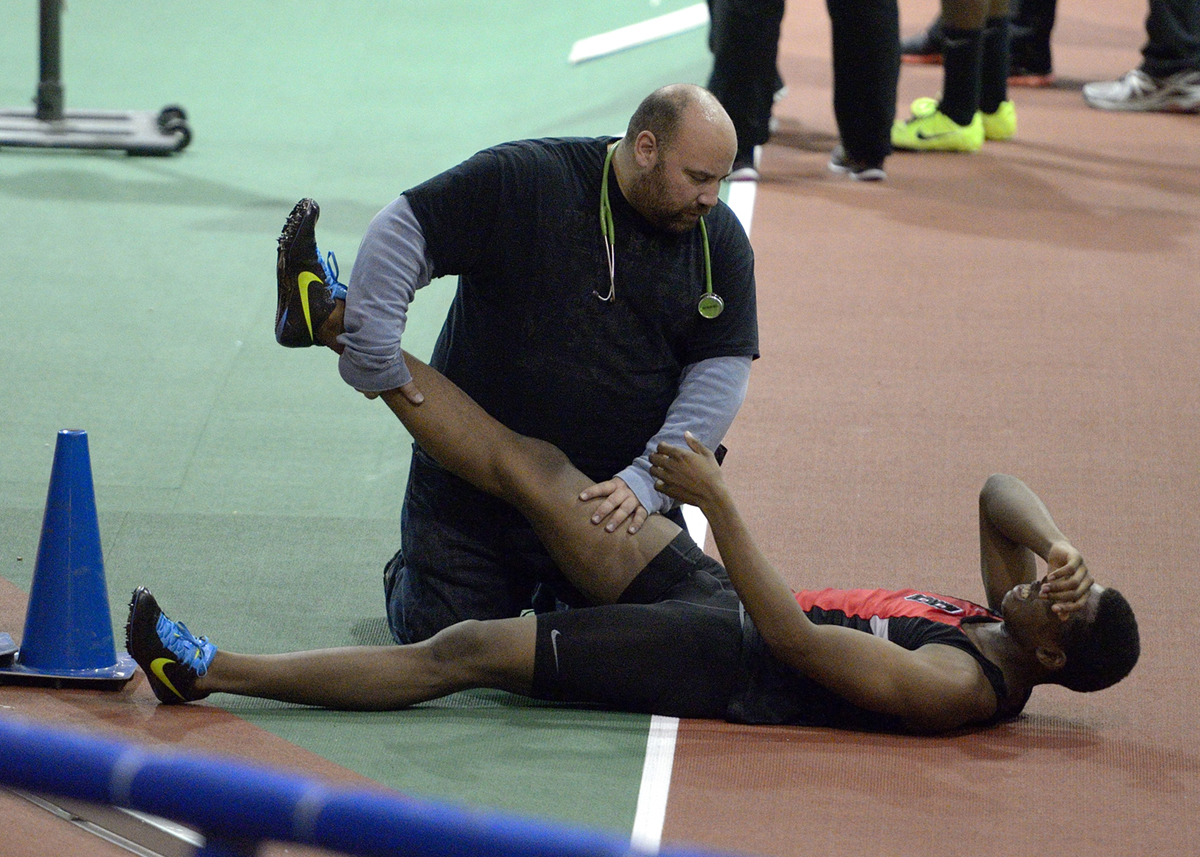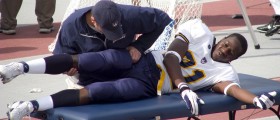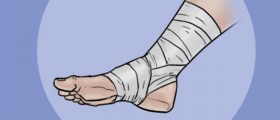
Muscle strain
Everyday activity can put a muscle under too much pressure by sudden heavy lifting, sport activity or by performing work tasks. This course of action may lead to a muscle strain, muscle pull or muscle tears depending on the amount of damage done to the muscle or its tendons.Tearing of the muscle fibers and its tendons can be partial or complete. Muscle tear can also impact small blood vessels and cause bruising (local bleeding) and pain due to the nerve ending irritation in the area.
Symptoms of muscle strain
Muscle strain can be indicated by a swelling in the muscle area as well as redness, bruising or even open cuts caused by the injury. Further symptoms include pain related to a certain muscle or joint used, pain while resting, weakness of a muscle or tendons and inability to use the muscle at all.
Diagnosing muscle strain
After reviewing medical history, the doctor can perform a physical exam to establish the amount of damage done to the muscle. This should determine the further course of recovery, how much time will it take, if surgery is necessary or if a more complicated recovery methods are required.Laboratory tests or X-rays are not necessary in most cases, unless there was previous history of trauma or evidence of infection.
Muscle strain home care treatment
Local bleeding into the muscle caused by torn blood vessels or swelling can be controlled by keeping the muscle stretched and applying ice packs early on. If the swelling has gone down, heat can be applied to the muscle. Early heat application can increase both pain and swelling. Always use protective covering (towels, cloth) when applying ice or heat to protect the skin.Nonsteroidal anti-inflammatory agents can be used to reduce pain and improve your mobility. These include ibuprofen and Aspirin.The PRICE formula (protect, rest, ice, compression and elevation) can help the strained muscle. First remove constrictive obstacles such as clothing and jewellery in the affected muscle strain area. Protect the muscle from further injury. Rest the muscle by avoiding painful or straining activities. Ice the strained muscle area for 20 minutes each hour while awake. Ice is very effective in relieving the pain and decreasing inflammation. Frozen vegetables or frozen water bottles can be used as ice packs. Gentle compression can decrease swelling and provide support for the muscle. Elastic bandages or Ace can be used. Wrapping tightly is counterproductive and should be avoided.Activities that use the affected muscle and cause pain are not recommended before the pain has decreased significantly.
Muscle strain medical treatment
After determining the extent of muscle and tendon injury, the doctor can decide if braces or crutches are necessary in the healing process. The doctor can also determine any further restrictions to your activity, if rehabilitation exercises or days off from work are needed to help the recovery.

















Your thoughts on this
Loading...